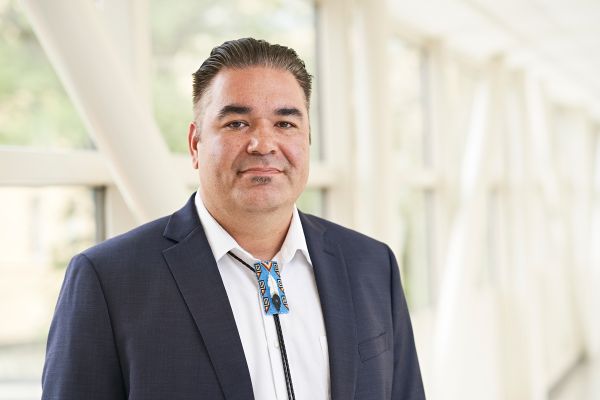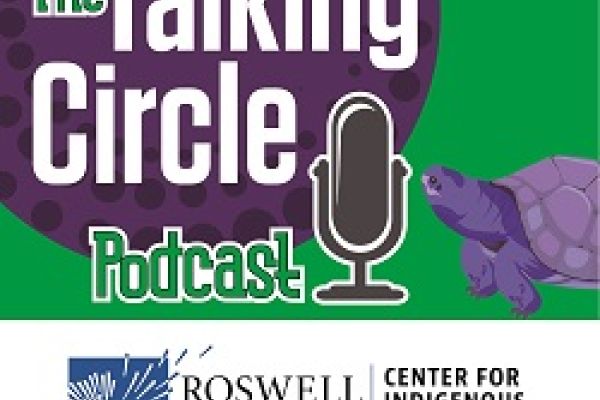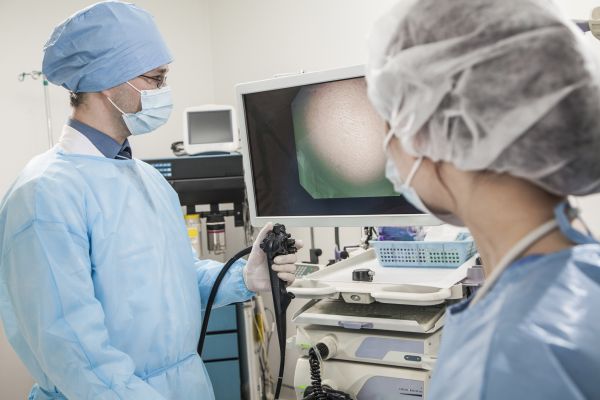Disparities still exist for BIPOC communities
A recently released portrait of regional progress in the fight against cancer reveals that, overall, the rate of incidence has decreased for nine of the top 10 deadliest cancers between 2015 and 2019.
WNY Cancer Snapshot: 2022 was compiled by Roswell Park Comprehensive Cancer Center from newly available data collected during those years by the New York State Cancer Registry. In the Western New York catchment area, Roswell Park’s primary service area, about 92 fewer people per 100,000 were diagnosed with cancer, and 246 fewer people per 100,000 died from cancer. However, the report also advises that WNY cancer rates are higher than in the rest of the state and nation – and that there are still persistent inequities that hamper education, prevention, treatment and recovery among traditionally underserved communities.
Reaching Black and Hispanic/Latinx communities
Overall, Roswell Park provided evidence-based community outreach education and navigation services to nearly 50,000 community members between 2015 and 2019. But although we are successfully reaching Black, Indigenous, Hispanic/Latinx and other communities of color (BIPOC), and navigating more people to cancer screening and proactive care, BIPOC disparities are evidenced by the statistics included in the report.
“We see these disparities in our work and that informs our work to strategically focus our outreach and efforts in urban and rural zip codes that are the highest risk for cancer incidence and mortality rates,” says Nikia Clark, Roswell Park Senior Community Outreach Communications Manager.
While breast cancer has the highest rate of incidence — and lung and bronchus are the highest mortality rate — across race and ethnicity, the report determines Western New York African Americans are still more likely than other groups to die from lung, breast, prostate and colorectal cancer.
Two specific Roswell Park programs —The Witness Project and Esperanza y Vida — target Black and Hispanic/Latinx women with information about screening for breast and cervical cancer.
“We are strengthening community partnerships with block clubs, community newspapers, local businesses and residential housing units,” Clark says, adding that by next year Roswell Park will provide outreach through a new mobile screening unit. Bilingual and culturally sensitive cancer risk reduction messaging is focused on lowering obesity rates and encouraging tobacco cessation, because those two risk factors are still the primary causes of cancer.
Roswell Park Community Outreach and Engagement (COE)
Learn more about Roswell Park's goals of "advancing the understanding of health disparities, and creating integrated community-based services and educational programs tailored to meet the needs of these populations."
Learn MoreFocusing on Indigenous communities
Indigenous communities in the WNY catchment area — and across the ancestrally related tribes of New York, the Haudenosaunee — are also at higher risk for cancer incidence and mortality. According to the report, cancer is the second leading cause of death among that regional community. Rodney Haring, PhD, MSW, head of Roswell Park’s Department of Indigenous Cancer Health, says WNY Cancer Snapshot: 2022 provides new insights into cancer rates among the Haudenosaunee, or Iroquois Nations.
The report determines that Haudenosaunee women in New York State developed breast cancer 1.4 times more than other tribes in the eastern region of the U.S., and that early-stage breast cancer was higher in Haudenosaunee women compared to Non-Hispanic White women in the same region. Lung, colorectal and liver cancers were found to have the highest mortality rates, with liver cancer showing the greatest cancer health disparity overall.
“In discussions across the Haudenosaunee in New York and with our relations in Ontario and Quebec, Canada, about their concerns in the cancer care continuum, one thing that emerged was a need for cancer-specific patient navigation systems for our communities,” Dr. Haring says.
This translates to getting more people screened and treated and saving more lives in tribal health systems as well as WNY health systems overall, he adds.
Clark says Roswell Park continues to focus on cancer education and navigation to screening to address disparities in WNY cancer rates related to race and ethnicity. “We’ve seen and shown that this kind of evidence-based outreach can help erase inequities in cancer impact from community to community,” she advises. “That’s where our focus will remain.”



